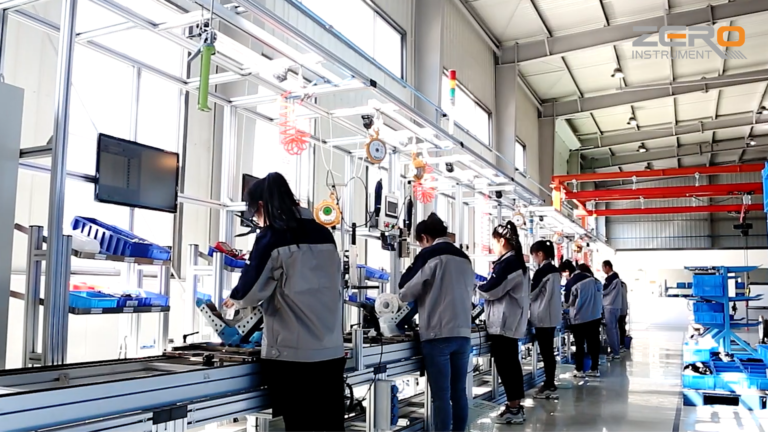In physics, Force and Pressureare two different concepts.
Pressure refers to the pressure on an object per unit area, and is used to express the effect of pressure. The greater the pressure, the more obvious the effect of pressure.
The formula for calculating pressure: p=F/S
Among them: p represents pressure, F represents vertical force (pressure), and S represents the stressed area.
In actual engineering, people rarely apply the mechanical concept of force (F). “Force” is habitually occupied by “pressure”. Translating Pressure as pressure will not bring any ambiguity. If there is If you are confused, you can tell at a glance whether it is a Newton or a Pascal by looking at the unit.
It is expected that this problem will exist for a long time. As for whether or when it can be corrected, I really don’t know~
Similar (error) situations do not delay work, and you will get used to it if you are exposed to it more

In the International System of Units, the unit of pressure is Pascal, abbreviated as Pa (Pa), which is Newton/square meter (N/m2). This is named in honor of the outstanding French physicist Blaise Pascal. .
Other common pressure units include kPa (kPa), megapascal (MPa), psi (pounds per square inch, lb/in2), bar (bar), standard atmospheric pressure (atm), millimeters of mercury (mmHg), Torr, inches of mercury (inHg), millimeters of water (mmH2O), etc.
In the early days, millibars were commonly used in meteorology, but later the equivalent SI unit hectopascals was used. According to the agreement of the World Meteorological Organization, the air pressure unit can be either “hectopascal (hPa)” or “mbar (mbar)”. The two are temporarily used together. Eventually, hectopascal (hPa) will be used uniformly, with the abbreviation symbol hPa.
In China, it is customary to use “kilogram” (kilogram force or kilogram pressure) as the unit of pressure. The unit is “kgf/cm2”, which means that one kilogram of force acts on an area of one square centimeter.

❖
Because the unit of Pascal (Pa) is too small, a melon seed placed on the table is larger than 10 Pa. Its multiple units are often expressed in engineering:
1 MPa (Megapascal) = 1000 kPa (Kilopascal) = 1000000 Pa (Pascal)
❖
PSI (Pounds per square inch) is a pressure unit customarily used in Europe and the United States and other countries.
1 psi ≈6.85 Kpa (kiloPascal) ≈6894.757 Pa (Pascal)
❖
The bar is part of the International System of Units (SI) and is commonly used in industry and engineering.
1 bar = 0.1 MPa = 100 kPa = 100000 Pa
❖
Standard atmospheric pressure (atm) is a common unit of atmospheric pressure.
1 atm (standard atmospheric pressure) = 760 mmHg (millimeters of mercury) = 101.325 kPa (kiloPascal) = 101325 Pa (Pascal)
❖
Millimeters of mercury (mmHg) refers to the unit that directly expresses the pressure value in millimeters of the height of the mercury column.
1 mmHg = 1 Torr = 0.1333224 kPa ≈ 133.322 Pa
❖
Inches of mercury (inHg), reference to millimeters of mercury, European and American units.
1 inHg (inches of mercury) = 3.3863882 kPa (kiloPascals) ≈ 3386.388 Pa (Pascals)
❖
Millimeters of water (mmH20), referenced to millimeters of mercury.
1 mmH2O (millimeters of water column)≈9.807 Pa (Pascal)
❖
“Kilogram” (kgf/cm2) means that one kilogram of force acts on an area of one square centimeter, which is commonly used in China.
1 kgf/cm2 (“kilogram”) ≈ 0.098 Mpa (Megapascal) ≈ 98.0665 kPa (Kilopascal) ≈ 98066.5 Pa (Pascal)
